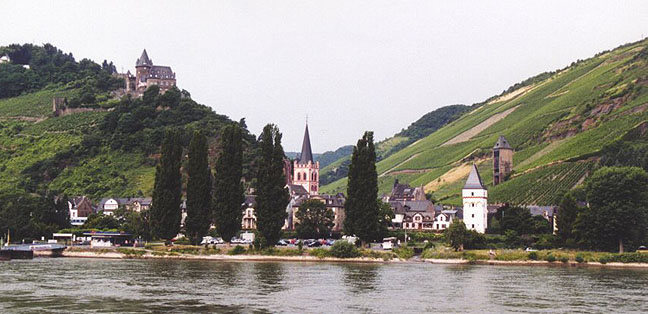Yesterday I went to an Oyster & Wine "Shuck Fest" at
Gordon's Wine & Liquor in Waltham. They had
Island Creek Oysters shucking local oysters from Duxbury, MA and paired them with 23 different wines. I do have to admit that oysters are a recent like. I tried them for the very first time in the middle of the Kalihari Desert during a trip to Namibia. Wow! So, when I saw the notice for the Oyster & Wine tasting, I jumped at the chance to go.
It was a walk-around tasting event so I had to balance a plate of oysters, a glass of wine, and my tasting notes all at the same time. The oysters were delicious, but the line for the shuckers was so long that I gave up after a couple and focused on trying the wines. We were supposed to vote for which wine paired best with the oysters, but I had to abstain from judgement! I tried to focus on specific varietals at a time so I could make good cross comparisons.
First up was the champagnes & sparkling wines. I tasted three excellent French champagnes side by side:
Moet et Chandon Brut Imperial (mostly Pinot mineur) $45
Ruinart Blanc de Blanc (100% Chardonnay) $65
Veuve Clicquot Ponsardin (mostly Pinot noir) $40
My overall favorite was the Moet. Crisp, slightly sweet, nice creamy nose and mouthfeel. Tasting all three in a row allowed me to really pick out the differences in the nose and taste. The Ruinart had more toast notes from aging on the lees, while the Veuve had an interesting smokiness to the nose. But let's face it, I'm getting picky with three very good French Champagnes!
The second round was the sauvignon blancs:
Chateau de Sancerre (France--Bourdeaux), $26: restrained minerality, less fruitiness
Cloudy Bay Sauvignon Blanc (New Zealand), $31: Classic NZ sauvignon blanc, big citrus & lemongrass aromas. Two thumbs up!!!
Sauvion Muscadet Haute Culture (France--Loire Valley), $15: Nice & fruity
2007 Goisot St. Bris (France--Burgundy), $18: Limp & tasteless
Croney Estates Three Ton Sauvignon Blanc (New Zealand), $15: Excellent, crisp, big citrus nose.
Overall favorite--Cloudy Bay was the hands down winner. But, the Croney Estates was excellent for the price. Greg Crone, the winemaker, was there pouring. The 3 ton thing refers to the grape yield restrictions that he places on the vines to concentrate the flavors. I was very impressed with his wines. I bought a bottle!
Third round was chardonnay:
Croney Estates Three Ton Chardonnay (New Zealand), $15: More like a sauvignon blanc than a chard. No oak. Big fruity flavors. Clean
2006 Billaud Simon Chablis (France--Burgundy), $30: Smooth, nice crisp, mineral finish.
2006 Billaud Simon Chablis Premier Cru (France--Burgundy), $50: Even better!
I liked the Premier Cru the best, but again, for the money, the Croney Estates was excellent. I bought another bottle.
I also tried a couple of random varietals. The 2007 Stafford Hill Riesling ($15) from Oregon was one tart wine! And the Bartenura Moscato ($16) was a nice sweet wine to finish the whites. Too sweet for me to want to drink a bottle, but would make an excellent date wine. And I finished the day on the Croney Estates Two Ton Pinot Noir ($20). A little austere & restrained, but still a very nice pinot noir.
As you can tell, even though I didn't get to have many oysters, the afternoon was a smashing success! It was a lot of fun to try the champagnes together and the two quality levels of Billaud Simon Chablis side by side.
I highly recommend the classes and events at Gordon's. A good time is always had by all!
Salute,
a Wine Student



